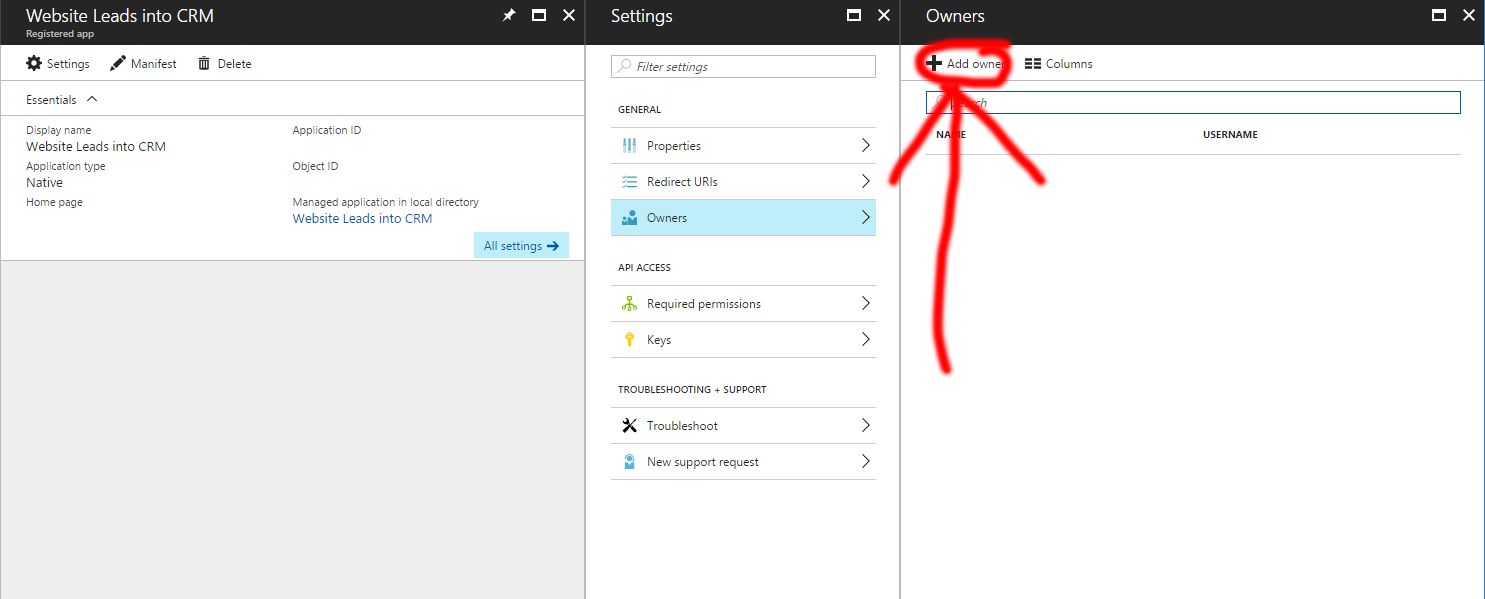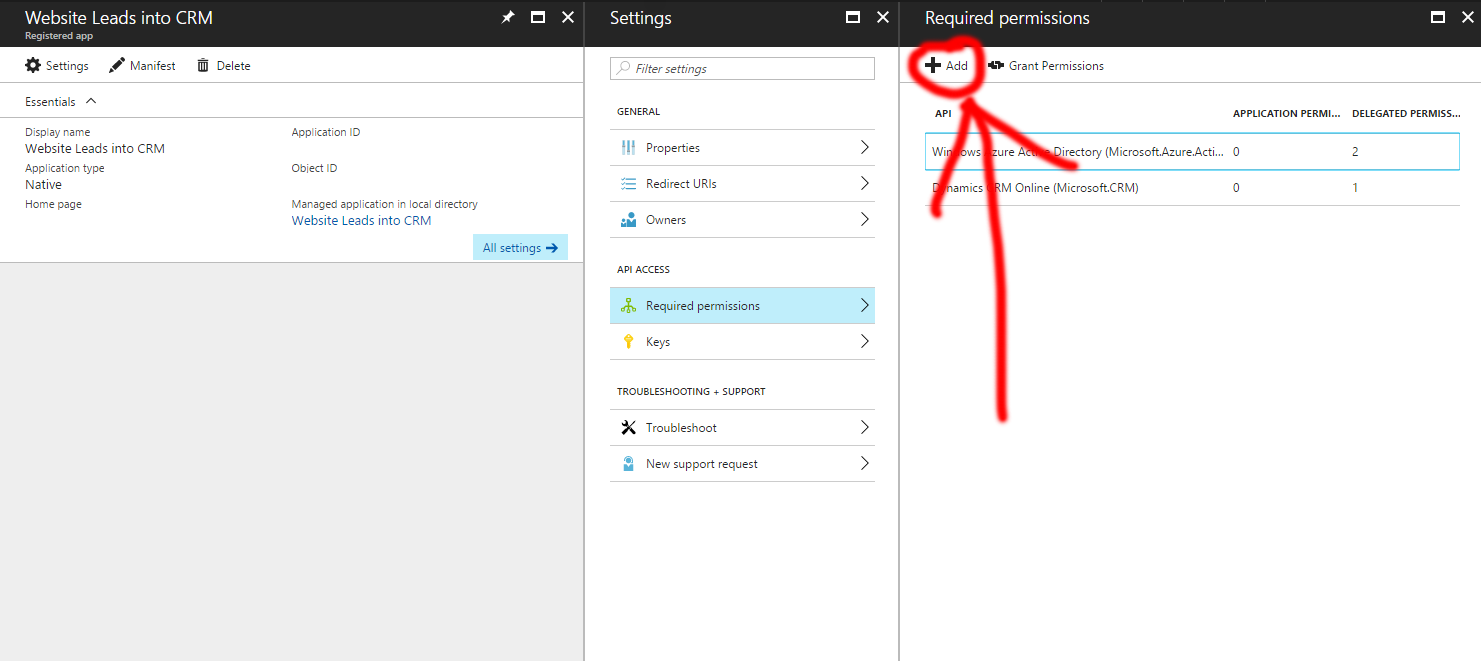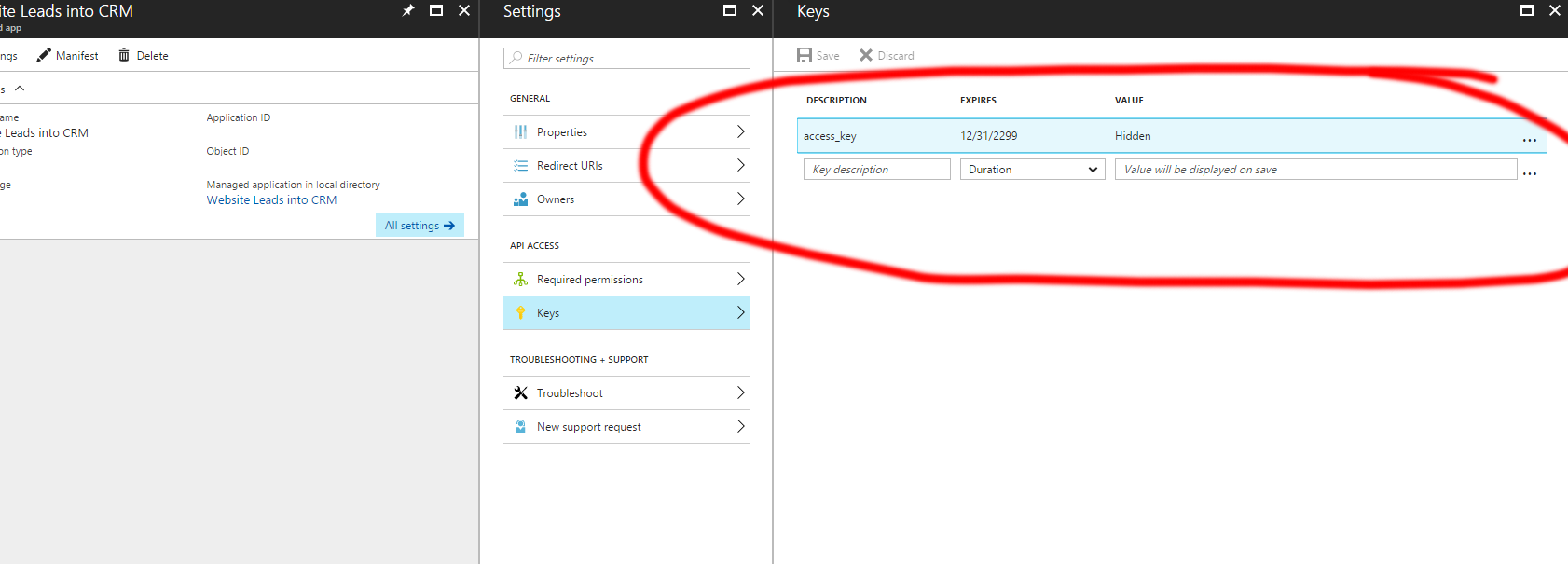otago / crm
CRM SilverStripe integration
Installs: 5 653
Dependents: 0
Suggesters: 0
Security: 0
Stars: 2
Watchers: 4
Forks: 0
Open Issues: 0
Type:silverstripe-vendormodule
pkg:composer/otago/crm
Requires
- silverstripe/framework: ^4.0 || ^5.0 || ^6.0
README
Using sendBatchRequest in CRM Integration
The sendBatchRequest function is a powerful function for interacting with CRM, allowing you to perform multiple operations in a single HTTP request. This method is particularly useful for applications that need to execute several CRUD (Create, Read, Update, Delete) operations on a CRM system efficiently. Below are examples, use cases, and advantages of using sendBatchRequest.
How to Use sendBatchRequest
To use sendBatchRequest, you need to prepare an array of operations you wish to perform. Each operation in the array should specify the HTTP method (POST, GET, DELETE, etc.), the target URL (relative to the CRM base URL), and, if applicable, the data payload.
Example:
use OP\CRM; // Step 1: Define the operations $operations = [ [ 'method' => 'DELETE', 'url' => "/Lead(LeadID=3)", ], [ 'method' => 'POST', 'url' => "/Lead", 'data' => [ "FirstName" => "John", "LastName" => "Doe", "Email" => "john.doe@example.com", "Phone" => "123-456-7890", ], ], ]; // Step 2: Send the batch request $response = CRM::sendBatchRequest($operations); // Step 3: Optionally Handle the Fibre. If you want to check the fibre result, this will cause it to block echo $response;
you can handle other operations while sendBatchRequest executes in the background
sendBatchRequest sends requests using cURL in a Fiber for asynchronous execution. It sets up HTTP headers, including Content-Length and Authorization with a bearer token, and executes a cURL session to send the request. It checks for cURL errors and HTTP status codes outside the 200-299 range, logging any issues encountered using a LoggerInterface. After executing the request and handling errors, it closes the cURL session and returns the response. The operation is wrapped in a Fiber, allowing it to run concurrently with other tasks, and the Fiber is started before the method returns the Fiber object itself. This approach enhances performance by enabling non-blocking I/O operations.
When to Use sendBatchRequest
- Bulk Data Operations: When you need to perform multiple operations on the CRM data, such as creating, updating, or deleting several records at once.
- Efficiency: To reduce the number of HTTP requests made to the CRM server, thereby minimizing network latency and improving the overall performance of your application.
- Transactional Operations: If your use case requires that multiple operations be treated as a single transaction (i.e., all succeed or all fail together).
Why sendBatchRequest Is Great
- Performance Optimization: By bundling multiple operations into a single request,
sendBatchRequestsignificantly reduces the overhead caused by HTTP request/response cycles. - Simplified Error Handling: Handling errors becomes simpler because you only need to parse a single response, even when performing multiple operations.
- Enhanced Scalability: Applications that frequently interact with CRM data can scale more effectively, as the reduced number of HTTP requests lowers the strain on both the client and server resources.
- Transactional Integrity: For CRMs that support transactional batches,
sendBatchRequestcan ensure that a set of operations either all succeed or fail together, maintaining data integrity.
Register your Azure application to communicate with CRM
- Create a user account in your Microsoft 365 environment to be used as the token generator for your web application (e.g. webtoken@your_organisation.onmicrosoft.com).
- Add the user account to Dynamics 365 preferably with full permissions.
- In Microsoft Azure Active Directory, create a Native Application in the App Registrations area.

- Within your Native Application, go to Owners and add the user account

- Within your Native Application, go to 'Required permissions' and add 'Dynamics CRM Online'. You must then go to Dynamics' Delegated Permissions and check 'Access CRM Online as organization users'.

- Within your Native Application, go to 'Keys' and generate a new key. Be sure to save the generated value somewhere for later use.

- You should now have everything you need to use the CRM module.
don't forget to use .htaccess to block the cache if you store it in your assets folder
RedirectMatch 404 ^/assets/jsoncache/.*$
Using the Envornment version:
==================
Add your application details into .env
Create a .env file and add the following:
AZUREAPPLICATIONCLIENT="XXXXXXX-XXXX-XXXX-XXXX-XXXXXXXXX"
AZUREAPPLICATIONSECRET="my secret key that came from azure portal"
AZUREAPPLICATIONENDPOINT="https://login.microsoftonline.com/XXXXXXXXXXXXX/oauth2/token"
AZUREAPPLICATIONRESOURCELOCATION="https://<myorganisationcrmname>.dynamics.com"
==================
Use the Microsoft Dynamics 365 Web API
https://msdn.microsoft.com/en-us/library/mt593051.aspx
==================
Examples
Post data to CRM
try { CRM::request( 'https://your_organisation.crm5.dynamics.com/api/data/v8.2/leads', 'POST', array( "subject" => "Website Enquiry", "emailaddress1" => $do->YourEmail, "firstname" => $do->YourName, "jobtitle" => $do->Message ) ); } catch ( Exception $e) { throw new SS_HTTPResponse_Exception('failure to connect to crm: '.$e->getMessage()); }
Retrieve data from CRM - return only firstname and lastname - only return the first 3 pages
try { CRM::request( 'https://your_organisation.crm5.dynamics.com/api/data/v8.2/leads?$select=firstname,leadid', 'GET', array(), array('Prefer: odata.maxpagesize=3') ); } catch ( Exception $e) { throw new SS_HTTPResponse_Exception('failure to connect to crm: '.$e->getMessage()); }
Update a object's fields by ID
try { CRM::request( 'https://your_organisation.crm5.dynamics.com/api/data/v8.2/leads(bf830ffd-2047-e711-8105-70106fa91921)', 'PATCH', array( "subject" => "123 Website Enquiry", "email address1" => $do->YourEmail, "firstname" => $do->YourName, "jobtitle" => $do->Message ) ); } catch ( Exception $e) { throw new SS_HTTPResponse_Exception('failure to connect to crm: '.$e->getMessage()); }
Update an individual field for a object by ID
try { CRM::request( 'https://your_organisation.crm5.dynamics.com/api/data/v8.2/leads(bf830ffd-2047-e711-8105-70106fa91921)/subject', 'PUT', array( "value" => "321 Website Enquiry" ) ); } catch ( Exception $e) { throw new SS_HTTPResponse_Exception('failure to connect to crm: '.$e->getMessage()); }
Delete a object by ID
try { CRM::request( 'https://your_organisation.crm5.dynamics.com/api/data/v8.2/leads(bf830ffd-2047-e711-8105-70106fa91921)', 'DELETE' ); } catch ( Exception $e) { throw new SS_HTTPResponse_Exception('failure to connect to crm: '.$e->getMessage()); }
